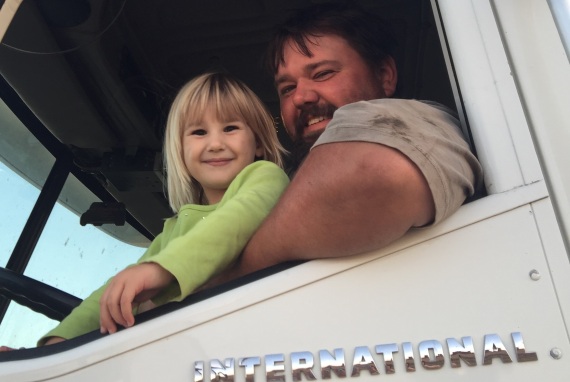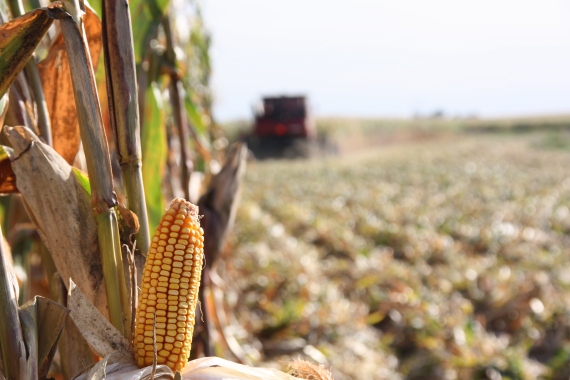This past weekend, I had the opportunity to attend the Wisconsin Farm Bureau Young Farmers and Agriculturists meeting to represent my company, and one of the speakers, Monsanto’s Vance Crowe, talked about the challenges we face in agriculture with so much negative and frankly, incorrect, information being spread about our industry.
He showed images that he had seen on social media, being shared by millions of people, that portray modern agriculture in a frightening light. Things like tomatoes being injected with mystery fluids from syringes – never mind that (1.) there are no commercially available GMO tomatoes and (2.) syringes are not used in genetic engineering. Images like these are designed to speak to our emotions, provoking fear and distrust without saying a single word.
He said, “All you have to do for people to question modern agriculture is to sow doubt.” Regardless of the facts and the science and the layers of regulation behind everything we do, one misguided image can cause irreparable damage.
Then today, back at work, I sat down to work on some homework for a leadership class I’m part of. Our assignment was to watch this TED Talk by Simon Sinek:
It’s about 20 minutes long and worth the watch, but if you don’t have time, I’ll summarize. He describes the “golden circle,” three concentric rings with “why” in the middle, “how” next, and “what” on the outside. Normally, we try to explain things from the outside in – what we do, how we do them, and why. He says that in order to get people to make an emotional connection that can lead to a change in behavior, we need to start from the inside out – WHY we do what we do, how we do it, and then what the benefits and opportunities are.
He goes on to explain that our brains are designed to respond to these questions. Our neocortex is where rational thought and language are processed, the “what.” That’s where we can absorb facts and figures, weigh out pros and cons. Our limbic brain, however, responds to “why” and “how” – that’s where we make our decisions and experience things like trust and loyalty, but does not process language. That’s why we make “gut decisions” or say something “didn’t feel right,” he says, “because we don’t have the words to describe it otherwise.”
And then it hit me.
In agriculture, we are awesome about the “what” and even the “how.” We grow the safest, most abundant, most affordable food in the world. We have the technology to grow more than ever before on less than ever before. We have facts and figures that show how much we’ve increased soil quality, decreased the use of fertilizers and pesticides, and improved animal health and production. It’s truly amazing.
But people don’t care about those things until you can show them “why.”
The message with the emotion is the message we remember. That’s why Crowe’s example of the tomato picture elicited such a negative response without a single word. People made an involuntary connection that colored their view of any facts that may have come behind it.
We must begin making those deep connections, showing our “why” when we reach out to those who may have questions about agriculture. Food is such a personal thing to all of us, but only 2 percent of Americans are currently involved in growing it. I believe that most people are genuinely interested in why we do what we do in agriculture, and want to be reassured that we’re doing the very best we can to continue to provide safe, affordable options for their supper table, but starting the conversation with science and statistics won’t open that door.
The “why” will.
Here’s mine:

What’s yours?


Recent Comments